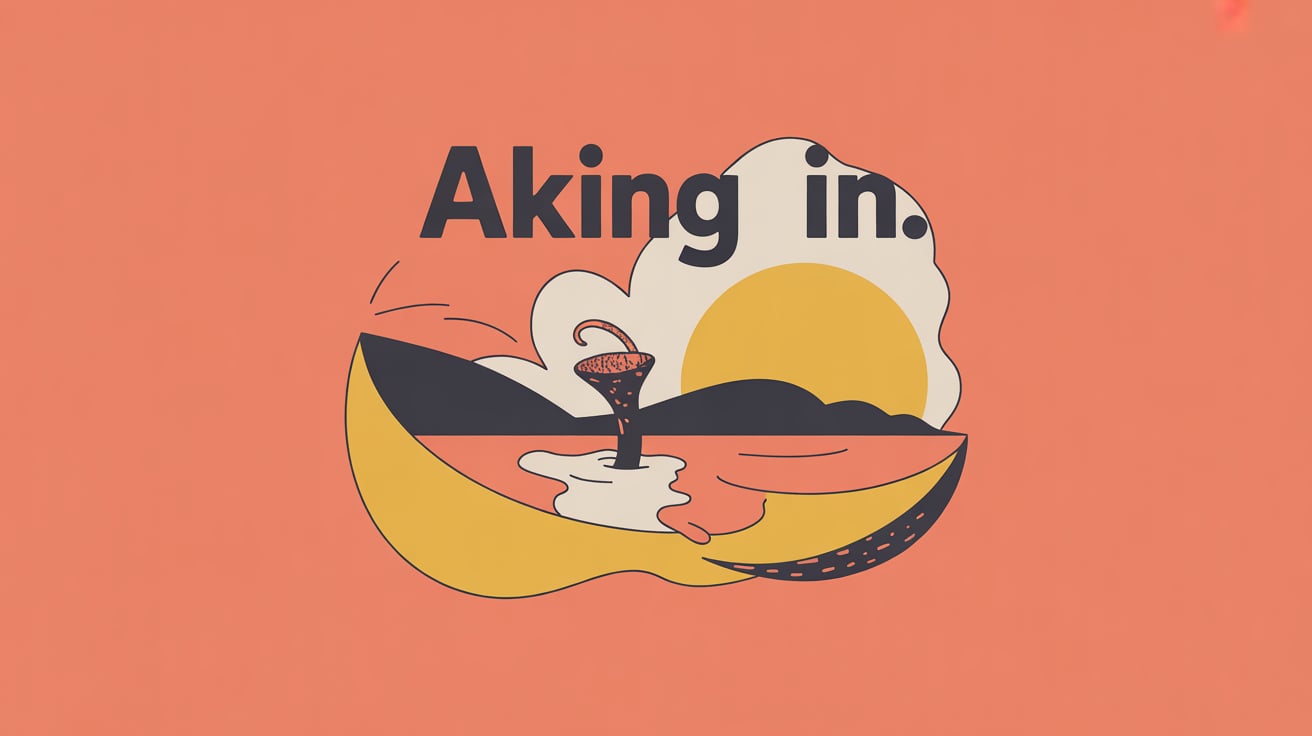Introduction
At first glance, the phrase aking in might seem confusing or even grammatically off. However, as language evolves and culture shifts, so do the meanings and contexts of certain terms. “Aking in” is one of those unique expressions that has gradually surfaced in conversations, creative writing, and digital storytelling. But what does it really mean, and why is it gaining traction?
Whether you’ve stumbled across the term in poetry, heard it in a song lyric, or seen it used in introspective blog posts, aking in has begun to carve out its own space in modern vernacular. In this article, we’ll explore the various layers behind the phrase, why it resonates emotionally, how it’s used in real-world contexts, and what makes it stand out. If you’ve been wondering what makes aking in more than just a curious word pairing, keep reading—you’re about to find out.
What Does “Aking In” Really Mean?
Understanding the phrase aking in requires a bit of interpretation. Linguistically, it appears to stem from a stylized or poetic version of “aching in.” When written or pronounced with a dropped ‘ch’, aking emphasizes the rawness and emotional weight behind internal pain, longing, or reflection.
In other contexts, aking in may be intentionally used to evoke a sense of stillness—like soaking in an experience, but with emotional tension. It’s the feeling of absorbing something profound, often bittersweet, while enduring an inner ache. Aking in could describe moments of silent suffering, deep thinking, unspoken regret, or simply letting emotions settle within.
For writers, artists, and emotionally aware individuals, aking in serves as a tool to express vulnerability. The ambiguity of the term allows it to mold to different narratives, which is part of its subtle power.
The Emotional Core of “Aking In”
At its heart, aking in symbolizes emotional presence—being fully immersed in your own feelings, even when they’re uncomfortable. Unlike distractions or avoidance, this phrase suggests acceptance and quiet endurance. Imagine sitting in a room full of memories or watching rain fall as you reflect on loss. These are perfect examples of moments where someone is aking in their emotional reality.
This type of self-awareness is crucial for emotional growth. Often, people suppress their pain or try to numb it. But aking in implies a willingness to sit with that pain and understand it. It’s not about dramatizing emotions; it’s about acknowledging them honestly.
Interestingly, many people experience aking in moments without ever naming them. Whether it’s heartbreak, grief, nostalgia, or even gratitude tinged with sadness, these feelings live beneath the surface. Recognizing them can be liberating.
Common Scenarios Where People Are “Aking In”
Let’s bring this concept into real life. Here are situations where aking in perfectly applies:
1. After a Breakup
When a relationship ends, people often sit in silence, remembering the good and the bad. This phase of aking in doesn’t involve dramatic outbursts—it’s quiet, almost sacred. It’s the body’s natural emotional decompression.
2. During Personal Growth
Self-reflection is rarely comfortable. When you’re confronting your past mistakes or revisiting life-changing decisions, you’re aking in the weight of your own growth.
3. In Moments of Grief
Loss doesn’t always hit in loud waves. Sometimes it’s in the quiet, mundane moments—washing a coffee mug, seeing an old photo—that we truly feel ourselves aking in grief.
4. When Listening to Music
Ever listen to a song that hits so deep it leaves you speechless? That’s a perfect aking in moment—where the lyrics echo your hidden truths.
5. While Reading or Writing
Writers often pour emotion onto pages. Readers, in turn, absorb those feelings. Literature creates a shared space for aking in life’s deeper truths.
Why “Aking In” Matters in a Fast-Paced World
We live in a world of distractions—scrolling, swiping, streaming, and multitasking. Emotional numbness has become a coping mechanism. In such a setting, aking in is almost rebellious. It calls for slowing down, tuning in, and honoring your internal world.
Mental health professionals often stress the importance of mindfulness and emotional awareness. Aking in is a concept that supports both. It invites people to pause and sit with their real, unfiltered selves.
Instead of running from sadness, aking in teaches us to learn from it. Instead of masking discomfort, it encourages us to listen. And that, in today’s world, is revolutionary.
The Creative Use of “Aking In” in Language and Art
The artistic community has always been at the forefront of shaping new language. Poets, lyricists, and novelists embrace terms like aking in to capture intangible emotions. Its unique construction makes it perfect for evocative storytelling.
You might see aking in used in:
- Poetry: “I’m aking in the silence you left behind.”
- Song Lyrics: “Aking in memories, I trace your name in the dark.”
- Prose: “He was not crying, just… aking in the quiet collapse of his world.”
The beauty of this phrase lies in its flexibility. It doesn’t demand full explanation. It paints a mood, sets a tone, and invites the reader or listener to feel more deeply.
Misconceptions About “Aking In”
Like many modern expressions, aking in is sometimes misunderstood. Here are a few common misconceptions:
“It’s just a typo for ‘aching in.’”
Not quite. While similar, aking in stands apart because of its poetic structure and emotional resonance. Dropping the “ch” softens the sound, making it feel more intimate.
“It has no real meaning.”
Words evolve. Many phrases in modern English began as slang, metaphors, or misinterpretations. Aking in is no different. Its emotional weight gives it value.
“It sounds negative.”
Actually, it can be deeply healing. Sitting with your feelings—aking in them—can lead to emotional breakthroughs, self-compassion, and clarity.
Incorporating “Aking In” Into Daily Life
You don’t need to be a poet to use aking in. It’s a mental and emotional practice anyone can benefit from.
Try these approaches:
- Journaling: When something affects you, write it down. Let yourself ake in the experience without judgment.
- Mindful Moments: Create quiet time daily to sit with your thoughts. Don’t rush. Just ake in whatever comes up.
- Conscious Conversation: Speak about your feelings with someone you trust. Let the vulnerability of aking in open doors to healing.
A Word on Vulnerability and Strength
In a world where toughness is often glorified, aking in offers a counter-narrative. It tells us that vulnerability is not weakness—it’s strength. Allowing yourself to fully feel, to ake in life’s beauty and sorrow alike, makes you more resilient, not less.
This is especially important for men and others conditioned to suppress emotions. Redefining emotional endurance through aking in is a powerful step toward a healthier emotional culture.
Conclusion: Why “Aking In” Deserves Recognition
The phrase aking in might not be in every dictionary yet, but its emotional relevance is undeniable. It offers a nuanced way to describe internal experiences that are hard to articulate. Whether it’s grief, nostalgia, healing, or reflection, aking in captures the silent spaces of the heart where true transformation begins.
By embracing aking in, we learn to slow down and respect our emotional processes. It reminds us that not everything needs to be fixed immediately—some feelings just need to be felt. And in feeling them fully, we honor what it means to be human.
So the next time life feels heavy, or moments feel bittersweet, give yourself permission to be still. Sit with it. Reflect on it. You might just be aking in something important.

